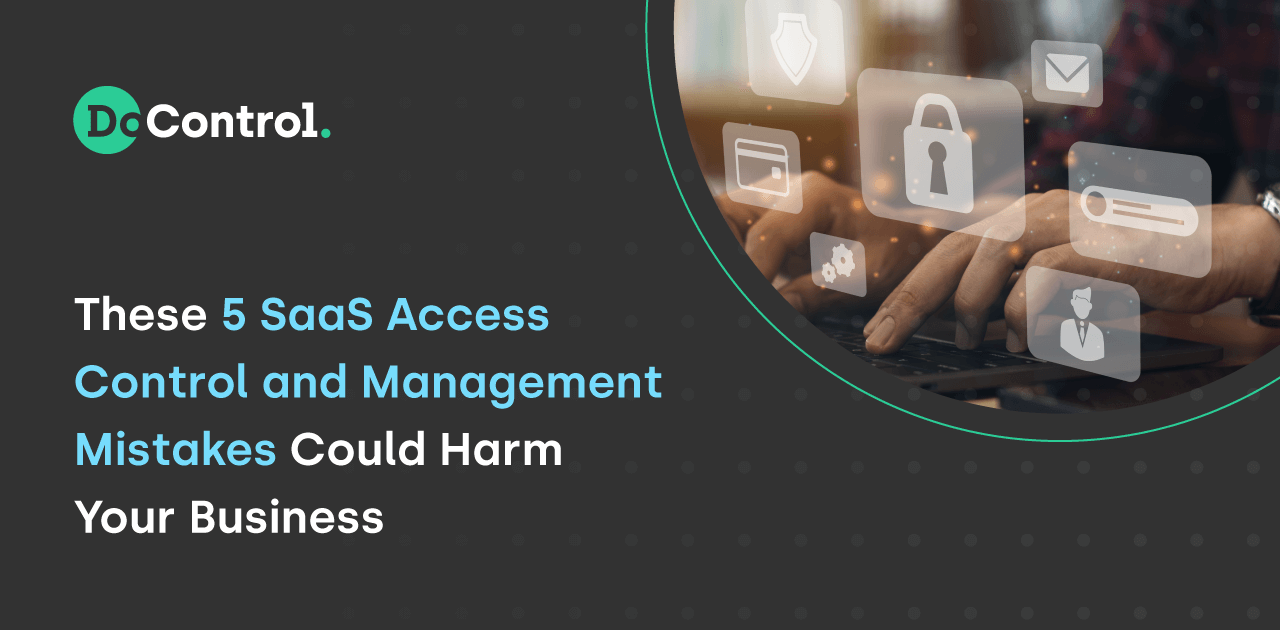
A few months ago, Google launched AI-powered data classification for Workspace customers to automatically label files across Google Drive. This blog post explains Google Drive Labels, how Google AI automatically creates Labels, and how DoControl combines these Labels with HR and IDP metadata to solve for Data Security.
Google Workspace customers maintain millions of files stored in Google Drive. While customers traditionally catalog and organize these files in different Shared Drive folders, most files are actually stored within users’ My Drive folders. This is a result of the default user experience of files creation within Google Drive, especially when using shortcuts such as docs.new, sheets.new, or slides.new to kickoff new documents instantly to be saved in My Drive.
As such, Google Drive data are spreaded across personal and shared drives by definition. Therefore, it’s essential that organizations use Drive Labels to help organize, find, and apply policies to files in Drive.

There are four methods to create Drive Labels:
DoControl recommends Google Workspace customers to leverage Google AI classification labels because it’s more accurate, covers more use cases, and requires significantly less maintenance.
According to the official documentation, Google’s AI classification is enabled through a training process in which specific users (“designated labelers”) respond to automatically generated labels to help train the model and improve accuracy. Based on users’ examples and responses, the model begins to learn how to similarly classify sensitive files.
After about a week of training, Google Admins are prompted to turn on automatic classification. Google provides monitoring on how many files are classified, accuracy level, etc.

DoControl automatically updates Google Drive file metadata to go based on user activity events as well as Google Labels activity. With Labels in hand, customers can filter through the DoControl Assets Inventory and correlate between Google Labels, Sharing Status, Data Ownership, External Collaborators, File Activity/Inactivity, and much more. From there, customers can take bulk actions, such as external sharing cleanup, data ownership transfer, etc.


DoControl Automated Workflows are triggered based on user activity events, ongoing schedule, or manually by DoControl users. Workflows are granular, scalable, and sophisticated which allows for all kinds of threat modeling mitigation. Workflows combine Google Drive Labels, HRIS Employment Status, IDP Group Membership, and End-User Business Context to narrow down the scope and solve critical use cases with high confidence.

DoControl aggregates all Google Labels (Manual, DLP, Vault, AI) across all Google Drive files (My Drive, Shared Drive, Org Units) to enrich its assets inventory with data classification information. From there, DoControl surfaces metrics displaying what % of data is sensitive, exposed, overshared internally, inactive, accessed by former employees/vendors, etc. Customers can export reports describing the current status of their Google Drive attack surface to assess the risk and cost of a potential data breach as well as list concrete action items.

At the most basic level, customers can filter Google Drive files based on their labels, activity/inactivity, data owners, external collaborators, sharing status, and much more. From there, customers can run a bulk remediation action removing millions of permissions all at once. This is extremely helpful in cleaning up unauthorized access, inactive permissions, and sensitive overexposures both internally and externally.

Users store sensitive data in both My Drive and Shared Drive. In many cases, users prefer to share with anyone with a link internally as Editor and simply send the link in emails or Slack to collaborate with multiple users. As a result, significant sensitive data is overexposed to non authorized users. DoControl Workflows can ensure only specific team members can access specific data points, either on My Drive or Shared Drive, having the relevant Google Labels. For example, enforcing only Finance team members to access Finance data within the Finance Shared Drive, or any My Drive containing relevant Google Labels.

Not all external collaborations are created equally. While some require longer term collaborations, most external sharing becomes irrelevant X days. DoControl leverages Google Labels to auto-expire labeled data’s external sharing to ensure no company information is exposed forever. This is also true for public sharing.

DoControl integrates with your HRIS platforms, such as Workday, HiBob, or BambooHR, which allows for monitoring of departing employees who pose much higher risk by definition. With Google Labels in place, DoControl can detect and respond to potential sensitive data exfiltration by leaving employees attempting to steal sensitive data.

.webp)
Research-based benchmarks to assess risk across critical threat model


Discover why sensitive data discovery tools often trigger false alarms, causing frustration for InfoSec teams. Learn why this happens and how to find tools for accurate detections.


Learn about the three primary types of Zoom vulnerabilities: in-meeting, data storage, and system access risks. Safeguard your organization effectively against these threats.


SaaS solutions are integral for workflows, granting anytime access to critical data. Yet, without robust SaaS Access Control Management, businesses face significant security risks.
